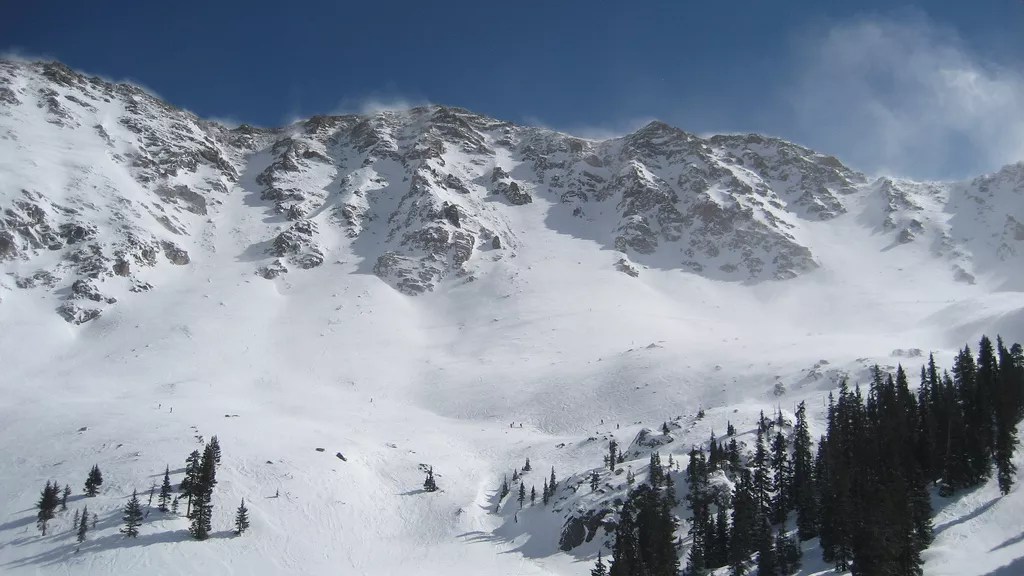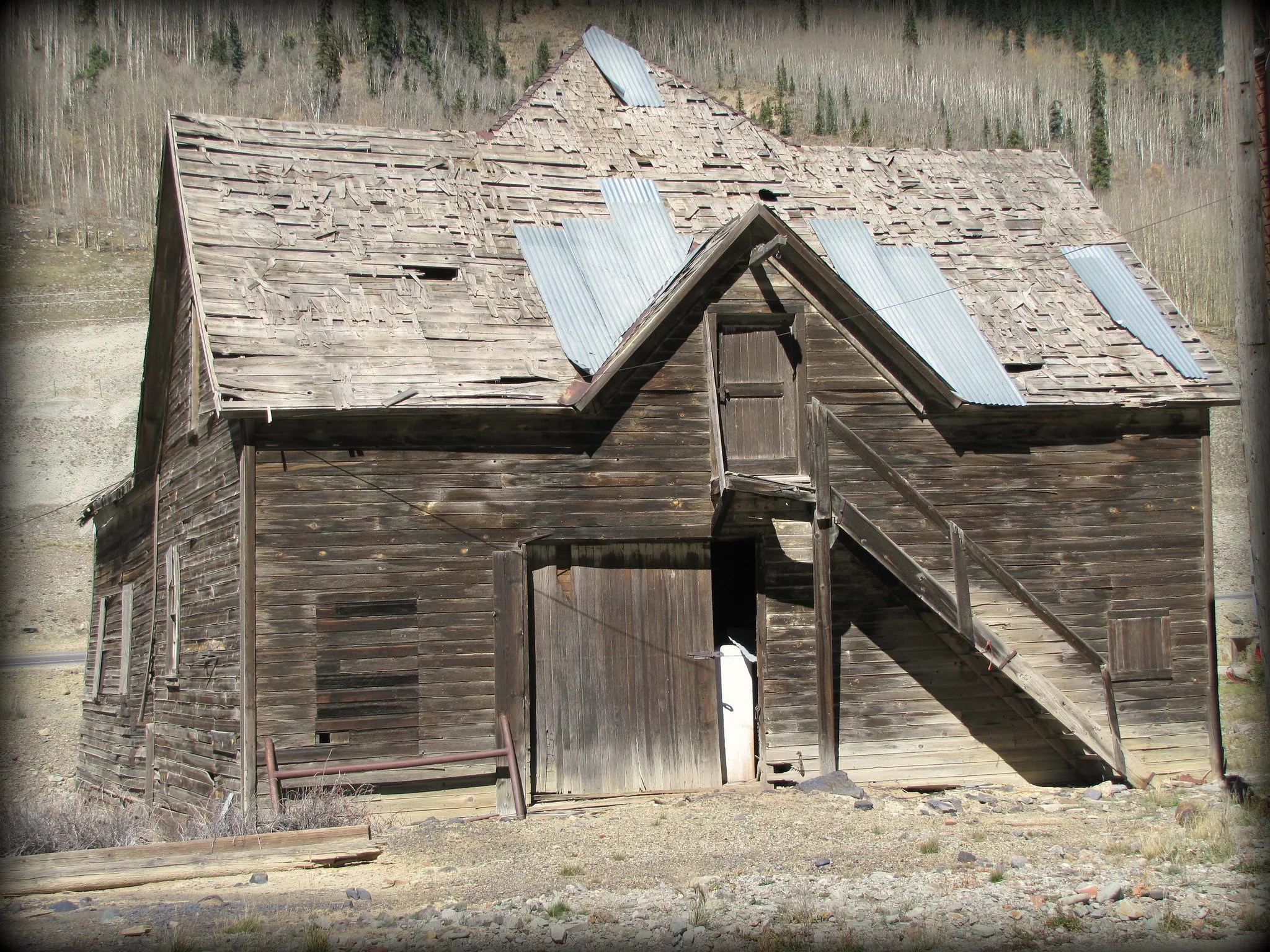
justinknabb at Flickr

Audio By Carbonatix
Usually, heavy snows in the mountains are good for ski areas – but this last week has proven that even when it comes to snowfalls and skiing, there can be too much of a good thing. A-Basin shut down on January 10 because of heavy snows and avalanche danger.
A-Basin’s responsible decision-making (not only did it close on Tuesday, but it was only open for “limited skiing services” on Wednesday) raises the specter of avalanche danger in our state. It’s one of those things that no one likes to talk about, but we have to in order to prevent disasters like the ten below and ensure that no more lives are lost.
10. Loveland avalanche (2013)
This is the only entry from our earlier list of Colorado ski disasters to make this list – because the number of dead (five) is on the low side in terms of Colorado’s avalanches, and most of the victims of those historic snow-slides weren’t recreationalists. But on April 20, 2013, five experienced skiers fell due to a sudden slide in the Sheep Creek drainage near Loveland. It was originally a group of six; one managed to crawl to safety. This Loveland slide stands as the most deadly ski-related avalanche in Colorado.
Denver, make your New Year’s Resolution Count!
We’re $15,500 away from our End-of-Year campaign goal, with just a few days left! We’re ready to deliver — but we need the resources to do it right. If Westword matters to you, please contribute today to help us expand our current events coverage when it’s needed most.

Monarch Pass.
J. Stephen Conn at Flickr
9. Monarch, Chaffee County (1907) Twin Lakes. mark goble at Flickr
One of the few entries on this list that took residents and not miners, the Monarch slide on February 5, 1907, came down shallow slopes that had been considered by the residents to be safe from avalanche danger. The surprise snow took out a boardinghouse and two saloons, killing six in the process, including a saloon proprietor, who died when a full keg of beer fell on him during the event.
8. Twin Lakes, Lake County (1962)
The Twin Lakes Disaster is still well remembered in modern Colorado history. It was just 55 years ago, on January 21, when a slide destroyed four homes and trapped nine people, killing seven. The avalanche happened around 5 a.m., so the victims were still in their beds when snow came crashing down Mt. Elbert from 13,000 feet.

Telluride.
Matt North at Flickr
7. Mendota Mine over Telluride, San Miguel County (1883) Park County. US Geological Survey at Flickr
It was almost Christmas in 1883 – December 23, to be exact – when an avalanche swept away most of the buildings at the Mendota Mine, including the shaft house where miners were just beginning to rise for work. Eight men were killed.
6. Whale Mine in Hall Valley, Park County (1877)
Another sad tale of miners in the wrong place at the wrong time happened on January 7, 1877, when an avalanche took out the bunkhouse of the Whale Mine, killing eight miners as they slept. Very little record remains from this slide beyond the death toll.
Keep reading for the most dangerous avalanches in Colorado history.

A mine near Leadville.
Shogun_X at Flickr
5. Homestake Mine near Leadville, Lake County (1885) Silver Plume. Pat Hawks at Flickr
Bunkhouse disasters continued at the Homestake Mine on February 22 or 23 of 1885. It had just snowed for thirteen days straight when an avalanche crashed through the mining camp, crushing the bunkhouse where ten miners were sleeping. Some were killed in the initial punch of snow, while several others died of suffocation or cold when they were trapped in the cabins, buried under copious snow.
4. Silver Plume, Clear Creek County (1899) The Liberty Bell Mine, seen here in 1913. George Lane at Flickr
On February 12, an avalanche took the Seven-Thirty Mine and its surrounding cabins, killing ten. The massive drift contained timber and boulders, which made it difficult to dig out the bodies of those trapped or killed by the snow. The victims included not only miners, but their wives and children, as well. It was also reported that over $50,000 in ore (in 1899 dollars) was swept out of the camp and down into the basin between the mountains.
3. Liberty Bell Mine above Telluride, San Miguel County (1902) Howardsville. jimsawthat at Flickr
Only third on this list because of a technicality, the Liberty Bell Disaster was actually a series of three avalanches; if you combine statistics from all three slides, they took the lives of 24 men, both miners and their would-be rescuers. The first slide alone took a dozen, still marking it as one of Colorado history’s worst snow-related events.
2. Shenandoah Mine near Howardsville, San Juan County (1906) Mount Gothic, in Gunnison County. Jeffrey Beall at Flickr
This May 19 slide is nearly tied with the #1 entry on this list, killing a dozen miners in the original avalanche and later killing a thirteenth at the Green Valley Mill once the slide eventually made its way down to the valley floor. The winter of 1905-’06 brought heavy snows, including one in which more than twelve feet fell in the surrounding San Juans, setting up the disaster that befell the miners just five miles north of Silverton.
1. Woodstock, Gunnison County (1884)
All that’s left of the town of Woodstock, Colorado, are some foundation stones scattered about a lone sign that tells the tale of Woodstock’s demise: “The white death – an avalanche – struck the town of Woodstock on March 10, 1884. Eighteen people were buried; 13 died, including Mrs. Marcella Doyle’s six children. She ran a boarding house for railroad men. Woodstock was never rebuilt.”